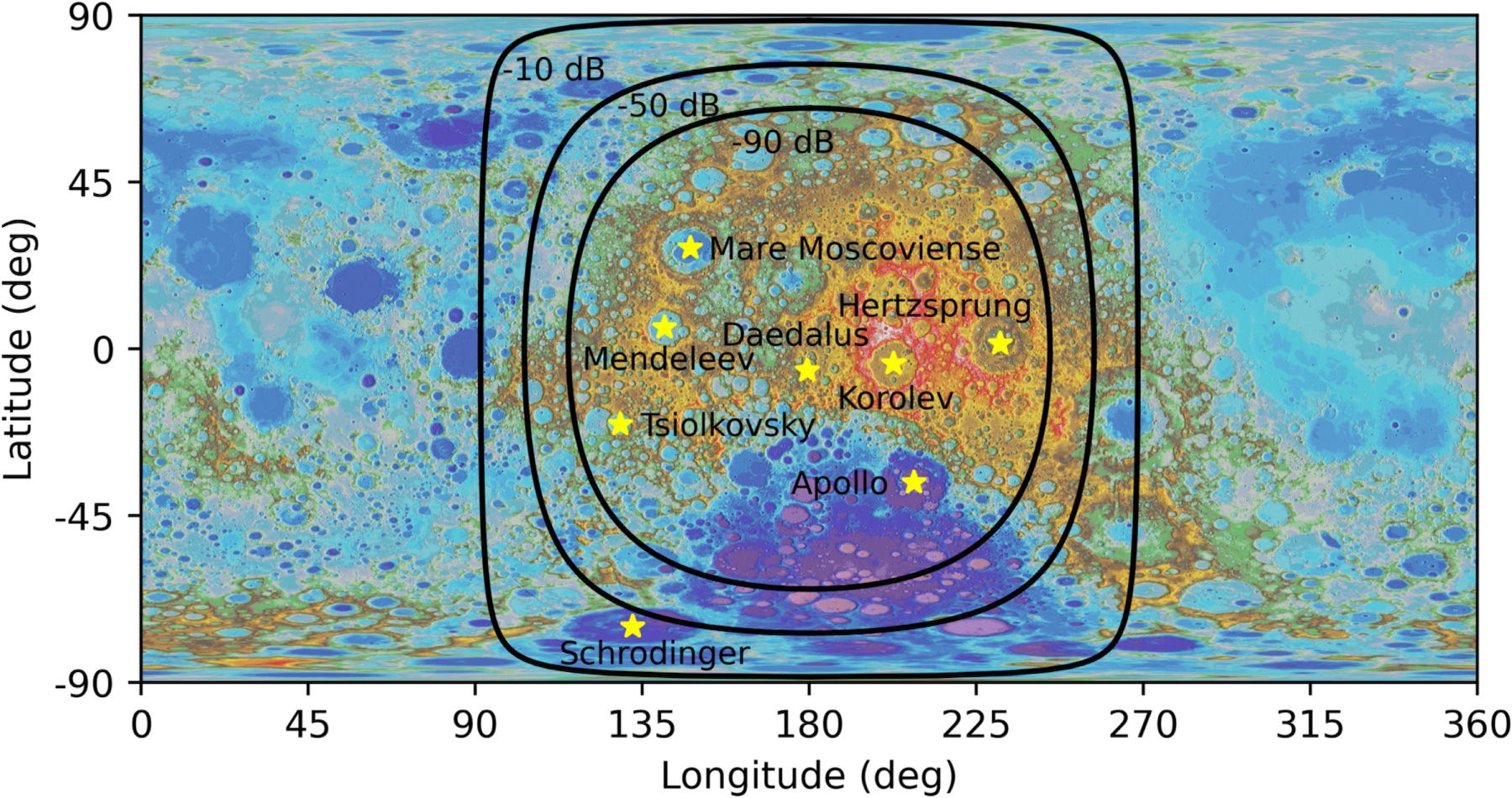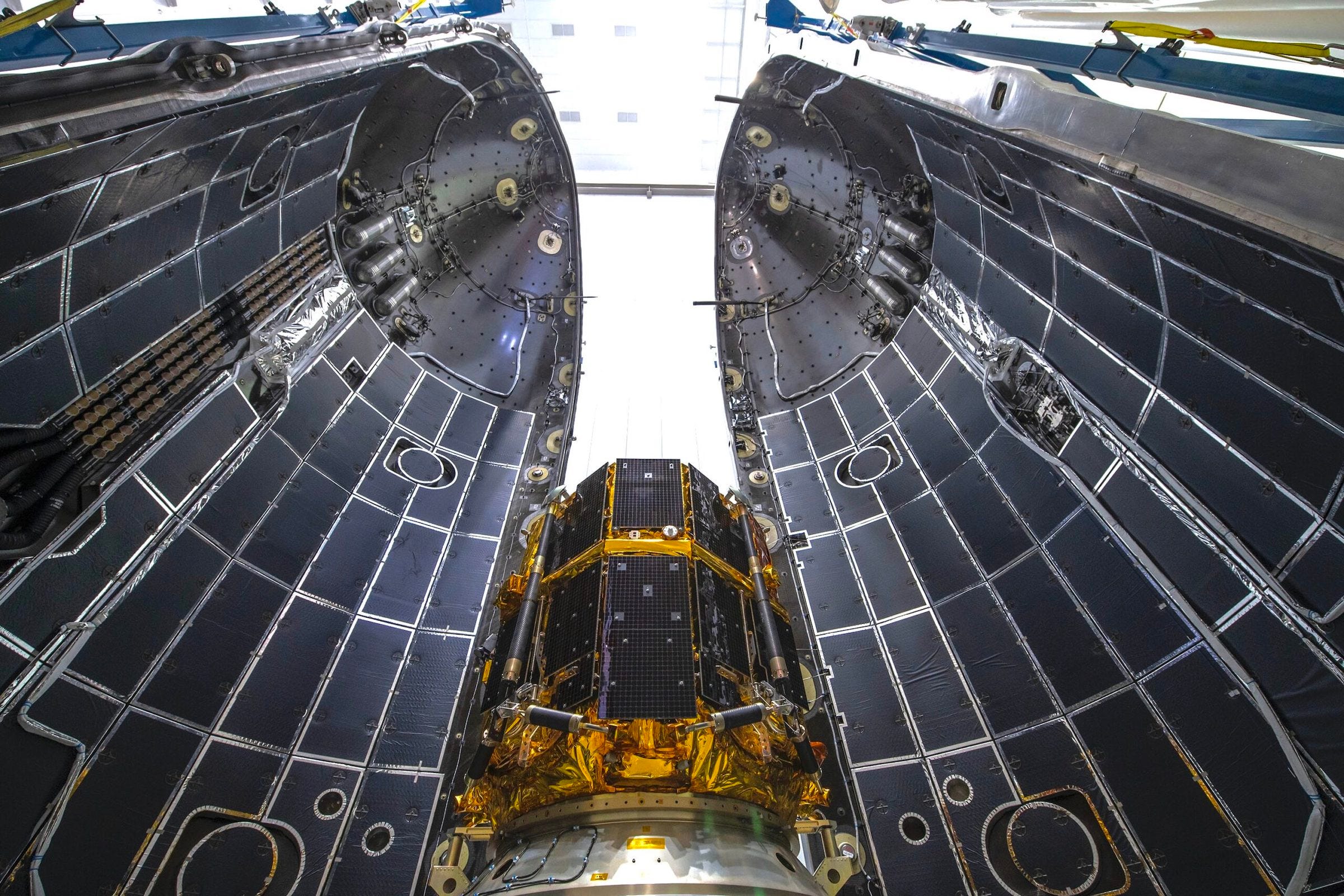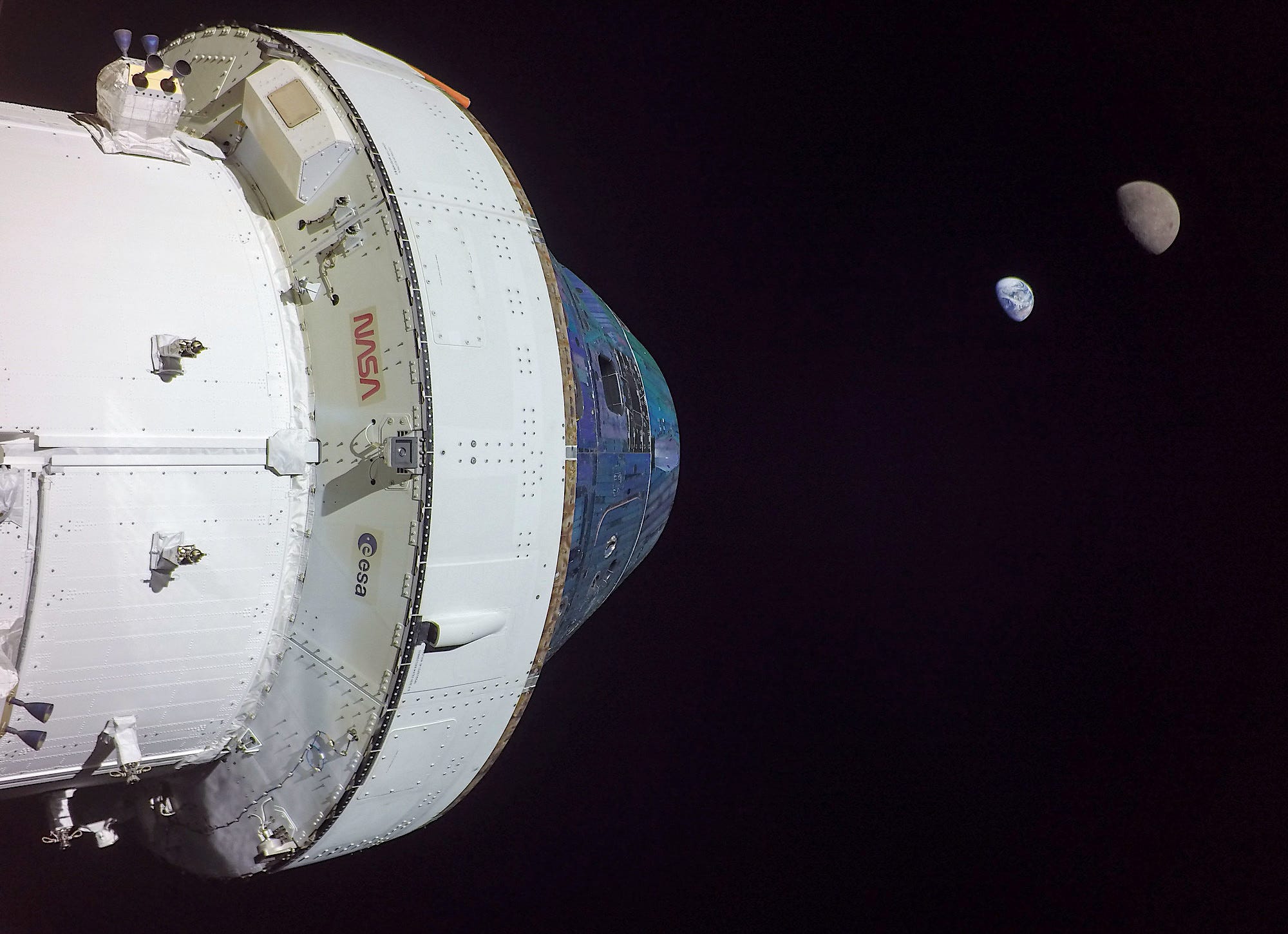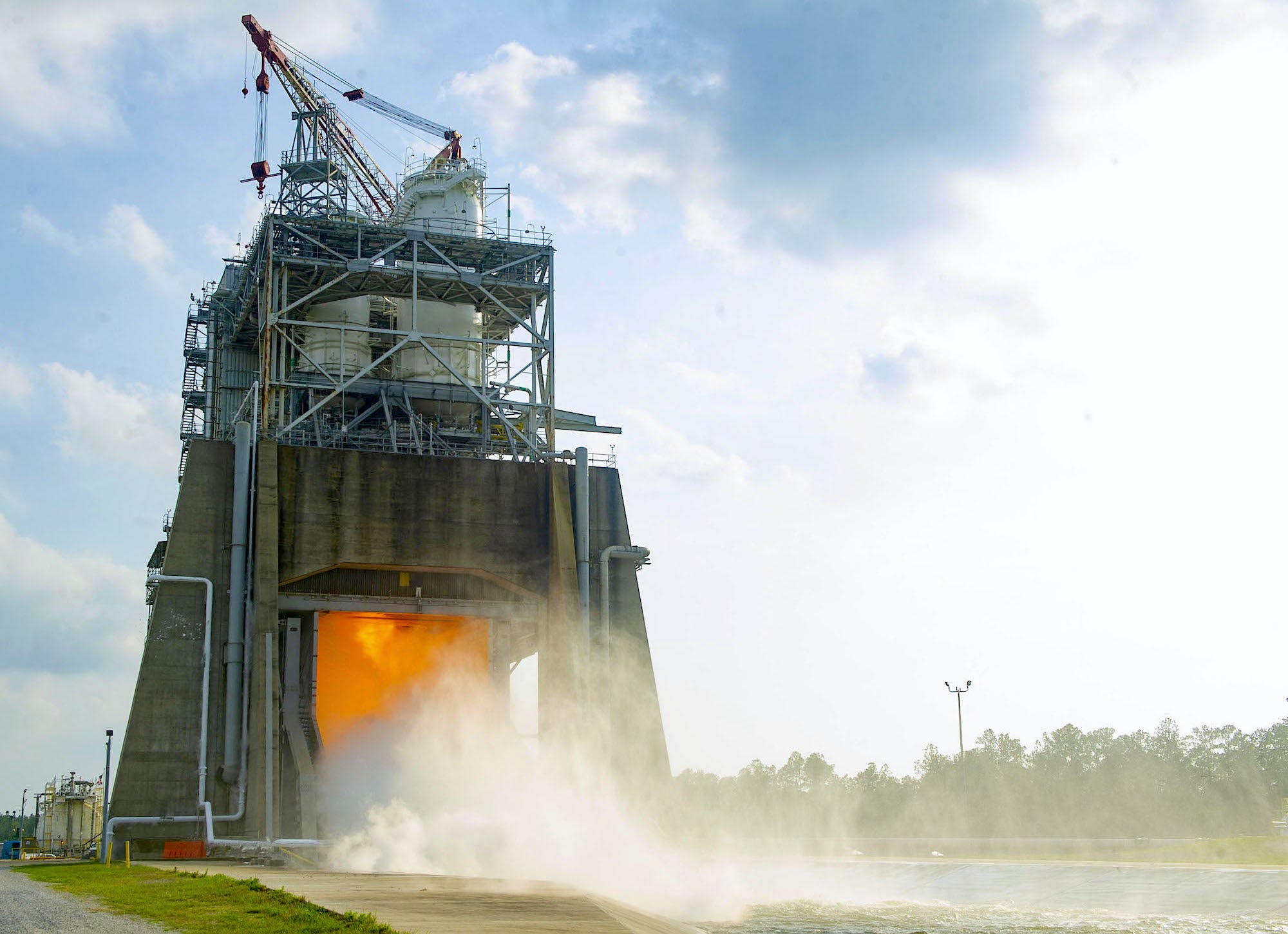Moon Monday #118: NASA aims for future-defining science via CLPS, ispace to go public, mission updates, and more
NASA to push the boundaries of cosmology and Moonbound science with LuSEE-Night

NASA and the U.S. Department of Energy are co-developing LuSEE-Night, a first of its kind instrument which will measure faint but unique radio signals from our Universe’s ‘Dark Age’, a slice of time right before the first stars were born. LuSEE-Night’s cosmological measurements—which can’t be taken from Earth due to our planet’s atmospheric interference—will be made from the Moon’s farside and specifically during (frigid) nighttimes, affording it pristine sensitivity free of radio noises from both Earth and the Sun.
Notably, these observations will be distinct from daytime radio measurements made by the three 5-meter antennae on China’s Chang’e 4 lander, which has been active in a lunar farside region since over four years now. The Queqiao satellite that relays communications for Chang’e 4 could’ve made better measurements than said lander, despite its halo orbit not rendering it blissfully free of noisy Terra, but two of its three antennae unfortunately got stuck halfway at 2.5-meter lengths during deployment.
NASA aims to have LuSEE-Night delivered to our Moon’s farside in 2025 on an as yet unannounced agency-funded private CLPS lander. Note that this same lander will be tasked with deploying the Lunar Pathfinder orbiter for ESA in lunar orbit as a stepping stone towards Moonlight, ESA’s upcoming commercial navigation and communications constellation. In fact, the LuSEE-Night hardware, which will function independently of the lander, will communicate to and fro Earth via Lunar Pathfinder.
If successful, this single CLPS mission will:
- Perform a prestigious lunar farside landing at low cost
- Conduct unique and deeply impactful science while paving the way for more
- Demonstrate the value of long-term lunar orbital relays as mission planning assets
- Strengthen international relations
Color me impressed and electrified. 📡
LuSEE-Night is the sister payload of LuSEE-Lite, which will also fly to the Moon’s farside in 2025 but on a different CLPS lander. LuSEE-Lite will operate during the lunar day, which still being shielded from Earth’s radio noises makes it apt to study the solar wind’s interactions with the Moon’s surface. Both LuSEE payloads will help us characterize the Moon’s radio emissions for future farside radio telescopes.
ispace Japan shoots for IPO

ispace Japan is going public on the Tokyo Stock Exchange on April 12, 2023, under ticker code 9348. Jack Kuhr reports that the IPO will include 24.7 million shares out of 78.6 million, and that a $1.78 per unit share, the company might be valued at $138 million. Jeff Foust notes that of the nearly $200 million ispace has privately raised thus far, the company has $0.7 million left in capital as of March 8 per the exchange filing. If you want to get an overview of all of ispace’s lunar activities across its presence in Japan, Europe, and the US, my article on its first Moon mission also covers the company’s future missions, technology building, and business ambitions.
Many thanks to Epsilon3, The Orbital Index and Open Lunar Foundation for kindly sponsoring this week’s Moon Monday.
Mission updates
Detailed inspections of the Orion spacecraft’s heat shield, from last year’s Artemis I Moon mission, have revealed only some non-critical performance variations, which NASA will address and account for in future missions. As such, NASA continues to target “late November” of 2024 to launch Artemis II, which aims to send four astronauts around the Moon and back. The FY2024 U.S. Presidential Budget released on March 9 fully funds the mission. Eric Berger has previously reported that Artemis II will not launch until 2025 though “because of eight relatively small flight computers.” In the meanwhile, NASA has already refurbished and integrated several key avionics components from Artemis I’s Orion crew module into that of Artemis II.

Debra Werner reports that Lonestar has raised $5 million in seed funding for its plan to establish data centers on the Moon. Lonestar aims to deploy virtual as well as hardware-based data centers on Intuitive Machines’ first and second CLPS Moon landing missions respectively. These are intended to be a proof-of-concept of the company’s future commercial services, which includes offering data storage and processing for commercial, government, and academia-led lunar missions.
Redesigned RS-25 ignited for another test

On March 8, NASA performed the third hot fire test of the fully redesigned RS-25 engine to be used on future SLS rocket lunar flights starting with Artemis V. NASA says the new RS-25 is built with advanced manufacturing techniques to reduce cost and build time, the former by over 30%. Given that the SLS currently costs $2.2 billion per launch, and each RS-25 a fiery $146 million, any price reduction is welcome. NASA’s update on the test shares some interesting tidbits on the enhanced RS-25:
For redesigned RS-25 engines, a team focused on re-engineering every part of the nozzle. This included using precision machining to improve production of the more than 1,000 tubes that comprise the nozzle wall. These tubes are critical in flowing super-cold liquid hydrogen to keep the nozzle cool.
[…]
Upgrades to the nozzle include a new type and amount of insulation, which is a critical consideration since the RS-25 engines are exposed to more heat during SLS launches than previous space shuttle missions. SLS features four RS-25 engines instead of the three main engines used for the space shuttle and the proximity of the RS-25 nozzle to the SLS solid rocket boosters is closer than on the space shuttle.
More Moon
NASA’s Lunar Trailblazer orbiter, launching alongside Intuitive Machines’ second Moon lander in October 2023, will give us unprecedented, high-resolution global maps of the amount, distribution, and state of water across the Moon. It’s to that end that the mission team has an online interactive map, which enables involved lunar scientists to better select observation targets for Trailblazer while enthusiasts can browse and learn about each one already selected. The team has updated the web app to show the size and shape of mapping targets alongside distinguishing ones selected by the mission’s science team from those by the community. It would be amazing if such a resource became a staple for all planetary missions.
For enabling better testing of future lunar polar rovers starting with VIPER, NASA Ames has upgraded their “Lunar Lab and Regolith Testbeds” facility to add a large sand pit filled with more than 20 tons of lunar rocky highland simulant to mimic the Moon’s polar soil. The testbed also comprises wide-ranging topography permutations based on actual orbital imagery. A set of adjustable, high-power lights recreate the tricky lunar polar lighting conditions caused by the forever near-horizon Sun coupled with the rocky terrain. Relatedly, to train upcoming Artemis astronauts for moonwalking under such challenging conditions, last year NASA setup a 12-meter deep pool at its Neutral Buoyancy Laboratory to mimic lunar polar lighting.
